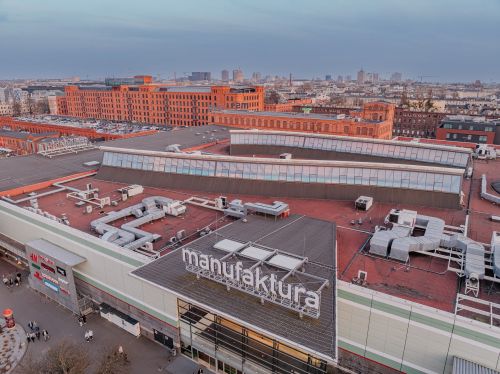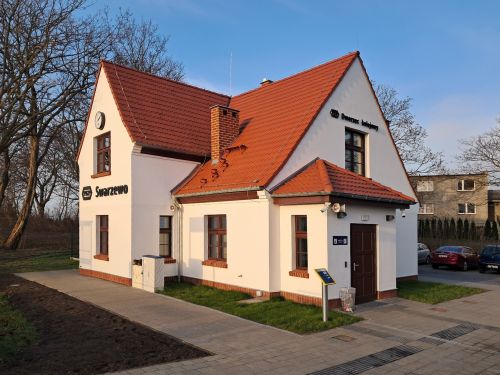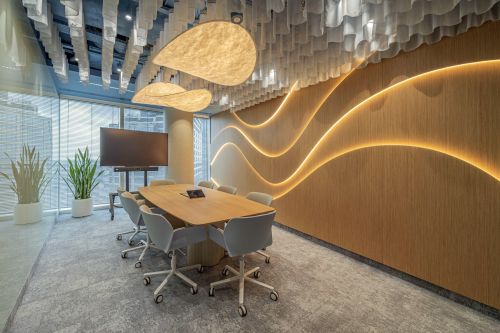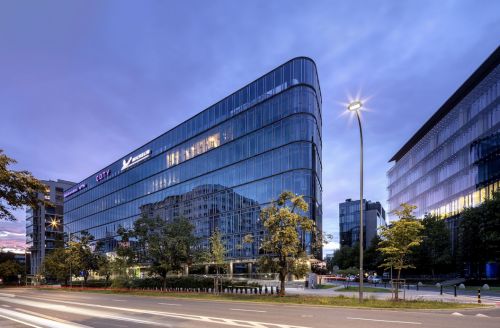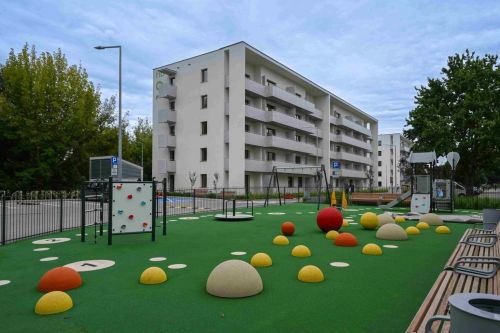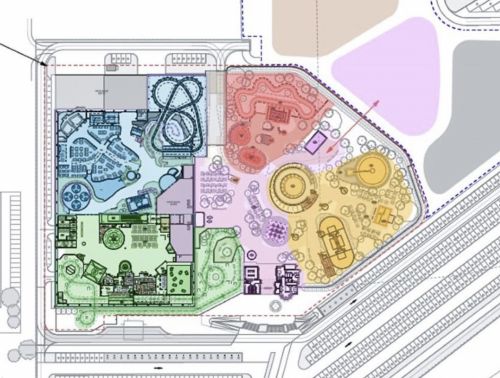Land prices have slumped by as much as 50 pct in just 1.5 years. However, according to one market analyst the sums people were prepared to pay back then were crazy. Now, having been brought back to reality with a bump, prices per sqm bear some correlation to the future revenue from leasing out potential projects Emil Górecki The land market, more than any other, came to a complete standstill as a result of the credit crunch. The reason for this was simple: no banks have been willing to finance land purchase for the development of any kind of project – until now. And only a few companies have had the necessary cash in their pockets. On the other hand, this raised hopes for some interesting acquisitions at prices lower than the exorbitant sums at the beginning of 2008. Analysts from Colliers International remark in their Real Estate Review Poland 2010 report that in H2 last year better data for the market started coming in, which resulted in the growing optimism of developers.





































